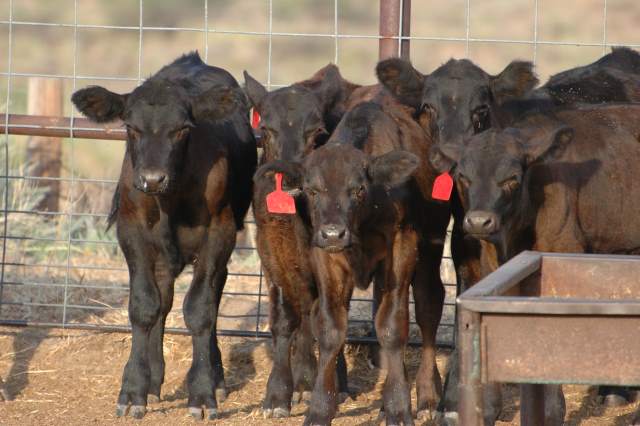How much money have you lost to BVD?
April 13, 2016

Persistent infection of calves with Bovine Viral Diarrhea Virus (BVD-PI) costs the beef cattle industry an estimated $1.5 to $2.5 billion every year.
That’s way more than most would hazard to guess, and for some logical reasons.
First, the prevalence of BVD-PI is low. It was only 0.12% among samples collected for the most recent beef cow study conducted by the National Health Monitoring Service. Within herds, prevalence in the study ranged from 0% to 16%.
As Bob Larson, DVM, put it to veterinarians at last week’s BVD Symposium hosted by the National Cattlemen’s Beef Association and the National Institute for Animal Agriculture, “Most beef herds are not infected, but most veterinary practices have several clients with persistently infected calves.” Larson is chair of food animal production medicine at Kansas State University.
Moreover, Derrell Peel, Extension livestock marketing specialist at Oklahoma State University, explained at the same symposium, “A lot of the losses associated with BVD probably aren’t recognized by producers.”
Without testing, there’s no way of knowing that BVD is the culprit in reduced or delayed conception rates, for instance.
Pregnancy rates of cow herds with PI calves present have been measured at 5% lower than cow herds with no PI calves present, according to Integrated BVD Control Programs for Beef Operations.
Plus, Peel points out BVD impacts are imbedded in industry data, everything from historic calf morbidity to historic calving percentages.
Consider that the calving percentage of the U.S. cowherd declined an estimated 3% between 1986 and 2014, according to Peel. There are likely lots of reasons, including BVD-PI, but there’s no way to pinpoint it exactly.
That’s one reason calculating industry-wide economic impact is necessarily imprecise. Peel reviewed reams of scientific literature in order to offer the aforementioned calculation of economic losses.
“The important point is that it’s a big number,” Peel says—big enough for producers to pay attention to individually, and for the industry to try to corral.
Doing so comes with plenty of challenges, including which segment of the industry has economic motivation to reduce the infection. The only way to get a PI calf is from a cow that is transiently infected with BDV during gestation or from a cow that is persistently infected. Knock persistent infection in the head at the ranch and no one else has to worry. But testing and controlling, let alone eventual eradication, comes at a cost. Who would pay and what portion has never been determined.
For that matter, other than policies by various industry organizations along the lines of, “…we need to get a handle on this, starting with education,” I’m unaware of a specific industry-wide plan ever being presented. Hopefully, this symposium represents a move in that direction, which starts with determining the objectives and tactics of such a program.
In the meantime, Larson shared an invaluable resource for individual producers and their veterinarians considering their specific situation and goals relative to BVD management and control. It’s free and it’s called BVD Consult. You simply answer a string of questions, which leads to recommendations based on what’s known about preventing, managing and controlling BVD. The site is also a cache for some of the most pertinent BVD information currently available.
You might also like:
10 photo finalists celebrating spring
Burke Teichert: How to manage your way out of a hard-calving cowherd
Getting first-calf heifers ready for the breeding
Ranching operations personify environmental stewardship
What's the best breeding weight for beef heifers?
7 things to put on your breeding season prep checklist
You May Also Like



